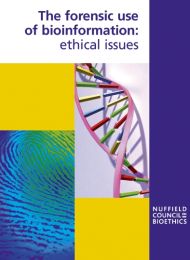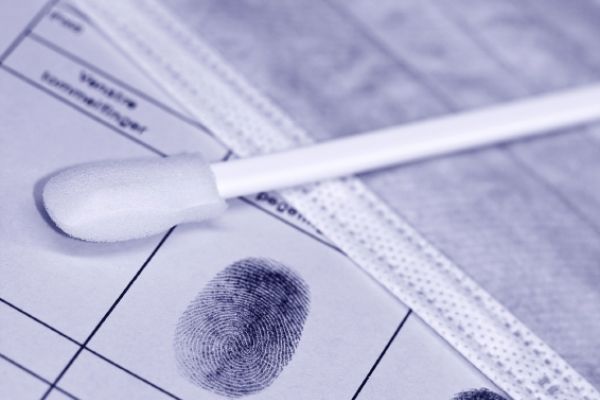The forensic use of bioinformation: ethical issues
Report
Published 19/09/2007

DNA and fingerprints can only assist in a prosecution when the science is robust, and is interpreted and represented accurately. In addition, how and when the DNA sample or fingerprint came to be at a crime scene would always need to be verified with further evidence. Therefore, care needs to be taken over how bioinformation evidence is used in court.
Fingerprint evidence
Fingerprints are analysed by experts who decide whether or not, in their opinion, there is a true match between the crime scene mark and the accused person’s print.
We conclude
When presenting their opinion regarding a fingerprint match, fingerprint experts should make it clear that their conclusion is always one of expert judgment, and not a matter of absolute certainty.
DNA evidence
DNA evidence is very influential in court, but it is accompanied by complicated statistical information that can be difficult for non-scientists to understand. For example, a profile that might by chance occur in one in a million people in the UK may be mistaken to mean that the chance of the defendant being innocent is one in a million.
We conclude
Legal professionals should acquire a minimum understanding of statistics with regard to DNA evidence. Information should also be made available to jury members about the capabilities and limitations of DNA evidence.

Share